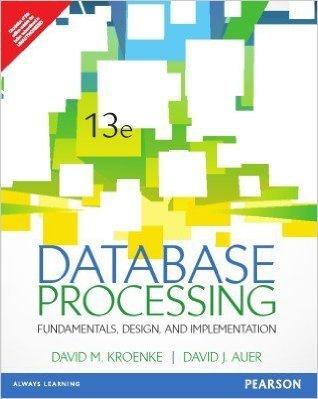Question
This is java. Deque. A double-ended queue or deque (pronounced deck) is a generalization of a stack and a queue that supports adding and removing
This is java.
Deque. A double-ended queue or deque (pronounced "deck") is a generalization of a stack and a queue that supports adding and removing items from either the front or the back of the data structure. Create a generic data type Deque, based on the LinkedQueue.java code from the previous lab, that implements the following API:
public class Deque implements Iterable { public Deque() // construct an empty deque public boolean isEmpty() // is the deque empty? public int size() // return the number of items on the deque public void addFirst(Item item) // add the item to the front public void addLast(Item item) // add the item to the end public Item removeFirst() // remove and return the item from the front public Item removeLast() // remove and return the item from the end public Iterator iterator() // return an iterator over items in order from front to end public static void main(String[] args) // unit testing (required) } Corner cases. Throw a java.lang.NullPointerException if the client attempts to add a null item; throw a java.util.NoSuchElementException if the client attempts to remove an item from an empty deque; throw a java.lang.UnsupportedOperationException if the client calls the remove() method in the iterator; throw a java.util.NoSuchElementException if the client calls the next() method in the iterator and there are no more items to return.
Performance requirements. Your deque implementation must support each deque operation (including construction) in constant worst-case time and use space linear in the number of items currently in the deque. It is possible to implement such a deque with a circular array (beyond the scope of this class), but here, we'll do it with a doubly-linked list (in which each node has a "next" and "prev" link). If you completed your Deque implementation in the previous lab, you may reuse it here.
Your Deque implementation should include an iterator that supports each operation (including construction) in constant worst-case time. Your main function should include code that tests this with a sequence of add and remove actions.
Step by Step Solution
There are 3 Steps involved in it
Step: 1

Get Instant Access to Expert-Tailored Solutions
See step-by-step solutions with expert insights and AI powered tools for academic success
Step: 2

Step: 3

Ace Your Homework with AI
Get the answers you need in no time with our AI-driven, step-by-step assistance
Get Started


